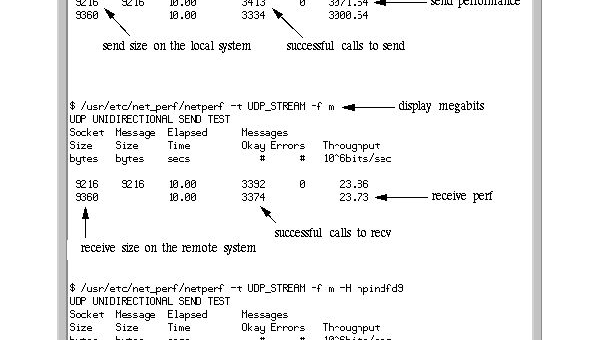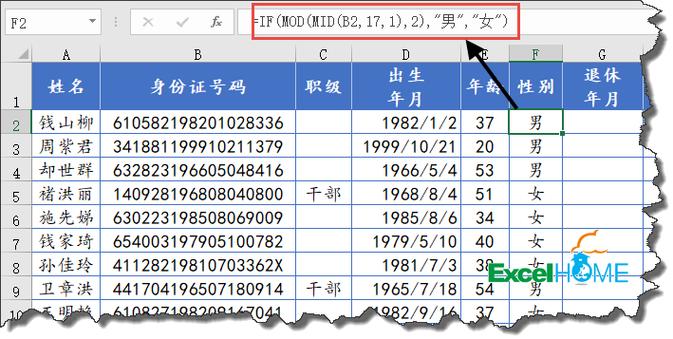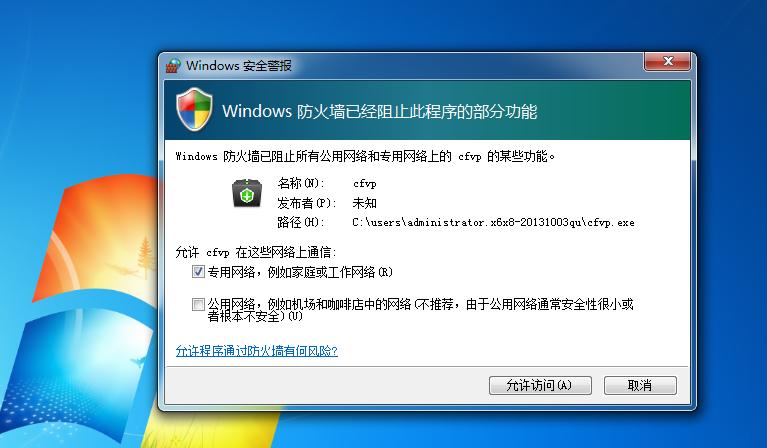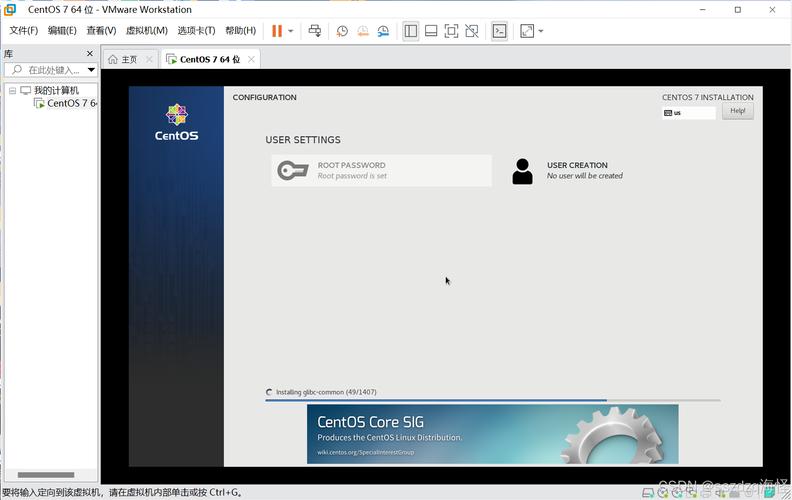引言
现代企业应用通常提供网页界面或api接口,但在特定场景下,命令行工具仍具有不可替代的价值,尤其在自动化脚本、运维工具和开发辅助工具领域。
spring shell是spring生态系统的一部分,它提供了一个基于spring框架的交互式命令行应用开发工具,能够帮助开发者快速构建功能丰富的命令行应用程序。
一、spring shell概述
spring shell是基于spring框架的命令行应用开发工具,它允许开发者使用注解驱动的方式创建交互式命令行应用程序。
spring shell应用程序拥有类似bash、powershell等的交互体验,包括命令历史记录、tab键自动完成、上下文帮助等功能。
要在项目中使用spring shell,需要添加相应的依赖。对于maven项目,可以在pom.xml中添加:
org.springframework.shell spring-shell-starter 2.1.6
对于gradle项目,可以在build.gradle中添加:
implementation 'org.springframework.shell:spring-shell-starter:2.1.6'
添加依赖后,spring boot会自动配置spring shell,无需额外配置即可开始使用。spring shell与spring boot的自动配置机制完美结合,使得开发者可以专注于命令实现,而不必关心底层细节。
二、创建命令类
在spring shell中,每个命令都是一个带有特定注解的方法。这些方法需要位于被spring管理的bean中。
创建命令的基本方式是使用@shellcomponent注解标记类,并使用@shellmethod注解标记方法。
import org.springframework.shell.standard.shellcomponent;
import org.springframework.shell.standard.shellmethod;
import org.springframework.shell.standard.shelloption;
@shellcomponent
public class mycommands {
@shellmethod(value = "add two numbers.", key = "add")
public int add(
@shelloption(defaultvalue = "0") int a,
@shelloption(defaultvalue = "0") int b) {
return a + b;
}
@shellmethod(value = "say hello to someone.", key = "hello")
public string hello(
@shelloption(defaultvalue = "world") string name) {
return "hello, " + name + "!";
}
}
上述代码中,我们创建了两个命令:add和hello。add命令接受两个整数参数,返回它们的和;hello命令接受一个字符串参数,返回一个问候语。@shelloption注解用于定义参数的默认值和其他属性。
当启动应用后,用户可以在shell中输入这些命令:
shell:>add 5 3 8 shell:>hello alice hello, alice!
命令方法的返回值会自动转换为字符串并显示在控制台上。对于复杂的输出,可以返回字符串或者使用专门的输出工具类。
三、命令参数处理
spring shell提供了丰富的参数处理机制,使命令更加灵活和易用。@shelloption注解允许自定义参数的各种属性:
import org.springframework.shell.standard.shellcomponent;
import org.springframework.shell.standard.shellmethod;
import org.springframework.shell.standard.shelloption;
@shellcomponent
public class advancedcommands {
@shellmethod("user management command")
public string user(
@shelloption(value = {"-n", "--name"}, help = "user name") string name,
@shelloption(value = {"-a", "--age"}, defaultvalue = "18", help = "user age") int age,
@shelloption(value = {"-r", "--role"}, defaultvalue = "user", help = "user role") string role,
@shelloption(value = {"-e", "--enable"}, defaultvalue = "true", help = "is user enabled") boolean enabled) {
return string.format("user created: name=%s, age=%d, role=%s, enabled=%b",
name, age, role, enabled);
}
}
在上面的例子中,我们定义了一个user命令,它接受多个参数,每个参数都有短名称和长名称,以及帮助文本和默认值。用户可以这样使用该命令:
shell:>user --name john --age 25 --role admin user created: name=john, age=25, role=admin, enabled=true shell:>user -n alice -a 30 user created: name=alice, age=30, role=user, enabled=true
除了@shelloption,spring shell还支持@shellmethodavailability注解,用于控制命令的可用性。这对于实现需要登录才能执行的命令或者需要特定条件才能执行的命令非常有用。
四、命令分组与帮助系统
为了更好地组织命令,spring shell允许将命令分组。通过调整@shellmethod注解的group属性,可以将命令归类到不同的组:
import org.springframework.shell.standard.shellcomponent;
import org.springframework.shell.standard.shellmethod;
@shellcomponent
public class groupedcommands {
@shellmethod(value = "list all files", key = "ls", group = "file commands")
public string listfiles() {
// 实现列出文件的逻辑
return "file1.txt file2.txt file3.txt";
}
@shellmethod(value = "create a new file", key = "touch", group = "file commands")
public string createfile(string filename) {
// 实现创建文件的逻辑
return "created file: " + filename;
}
@shellmethod(value = "display system info", key = "sysinfo", group = "system commands")
public string systeminfo() {
// 实现显示系统信息的逻辑
return "os: windows 10, java: 17, memory: 8gb";
}
}
spring shell自动提供了帮助命令(help),它会列出所有可用的命令及其分组:
shell:>help
available commands
file commands
ls: list all files
touch: create a new file
system commands
sysinfo: display system info
built-in commands
help: display help
clear: clear the shell screen
exit, quit: exit the shell
用户还可以通过help command-name获取特定命令的详细帮助信息,这些信息会从命令的文档注释和参数注解中自动生成。
五、自定义shell界面
spring shell提供了多种方式来自定义shell的外观和行为。通过实现promptprovider接口,可以自定义命令提示符:
import org.jline.utils.attributedstring;
import org.jline.utils.attributedstyle;
import org.springframework.shell.jline.promptprovider;
import org.springframework.stereotype.component;
@component
public class custompromptprovider implements promptprovider {
@override
public attributedstring getprompt() {
return new attributedstring("my-app:> ",
attributedstyle.default.foreground(attributedstyle.yellow));
}
}
spring shell使用jline库实现终端交互,我们可以利用jline的attributedstring来创建带颜色的提示符。
此外,还可以通过实现commandregistrationcustomizer接口来全局自定义命令注册过程:
import org.springframework.context.annotation.bean;
import org.springframework.context.annotation.configuration;
import org.springframework.shell.command.commandregistration;
import org.springframework.shell.command.commandregistrationcustomizer;
@configuration
public class shellconfig {
@bean
public commandregistrationcustomizer customizer() {
return commandregistrationcustomizer.nullcustomizer()
.andthen(registration -> {
// 为所有命令添加别名前缀
string command = registration.getcommand();
registration.withalias("my-" + command);
});
}
}
六、实战应用:文件管理工具
下面我们创建一个简单的文件管理工具,展示spring shell在实际应用中的用法:
import org.springframework.shell.standard.shellcomponent;
import org.springframework.shell.standard.shellmethod;
import org.springframework.shell.standard.shelloption;
import java.io.file;
import java.io.ioexception;
import java.nio.file.files;
import java.nio.file.path;
import java.nio.file.paths;
import java.util.stream.collectors;
@shellcomponent
public class filemanagercommands {
private path currentdir = paths.get(system.getproperty("user.dir"));
@shellmethod(value = "list files in current directory", key = "ls")
public string listfiles(@shelloption(defaultvalue = "false") boolean detailed) {
try {
if (detailed) {
return files.list(currentdir)
.map(path -> {
try {
return string.format("%s\t%s\t%s",
path.getfilename(),
files.size(path),
files.getlastmodifiedtime(path));
} catch (ioexception e) {
return path.getfilename().tostring();
}
})
.collect(collectors.joining("\n"));
} else {
return files.list(currentdir)
.map(path -> path.getfilename().tostring())
.collect(collectors.joining(" "));
}
} catch (ioexception e) {
return "error listing files: " + e.getmessage();
}
}
@shellmethod(value = "change directory", key = "cd")
public string changedirectory(string directory) {
path newdir = currentdir.resolve(directory).normalize();
file file = newdir.tofile();
if (!file.exists() || !file.isdirectory()) {
return "directory does not exist: " + newdir;
}
currentdir = newdir;
return "current directory: " + currentdir;
}
@shellmethod(value = "show current directory", key = "pwd")
public string printworkingdirectory() {
return currentdir.tostring();
}
@shellmethod(value = "create a new file", key = "touch")
public string createfile(string filename) {
try {
path filepath = currentdir.resolve(filename);
files.createfile(filepath);
return "created file: " + filepath;
} catch (ioexception e) {
return "error creating file: " + e.getmessage();
}
}
@shellmethod(value = "create a new directory", key = "mkdir")
public string createdirectory(string dirname) {
try {
path dirpath = currentdir.resolve(dirname);
files.createdirectory(dirpath);
return "created directory: " + dirpath;
} catch (ioexception e) {
return "error creating directory: " + e.getmessage();
}
}
}
这个示例实现了基本的文件操作命令,包括列出文件(ls)、切换目录(cd)、显示当前目录(pwd)、创建文件(touch)和创建目录(mkdir)。用户可以像使用传统的命令行工具一样操作这些命令。
总结
spring shell为java开发者提供了一种简单而强大的方式来创建交互式命令行应用程序。通过利用spring框架的注解驱动特性,开发者可以快速构建功能丰富的命令行工具,无需编写繁琐的命令解析和处理代码。spring shell特别适合用于开发运维工具、内部管理工具以及需要快速交互的应用场景。
本文介绍了spring shell的基本概念、命令创建、参数处理、命令分组以及界面自定义等核心内容,并通过一个文件管理工具的实例展示了spring shell的实际应用。在未来的应用开发中,无论是作为主要界面还是作为辅助工具,spring shell都能为开发者提供便捷的命令行解决方案,提高开发效率和用户体验。
以上为个人经验,希望能给大家一个参考,也希望大家多多支持代码网。






